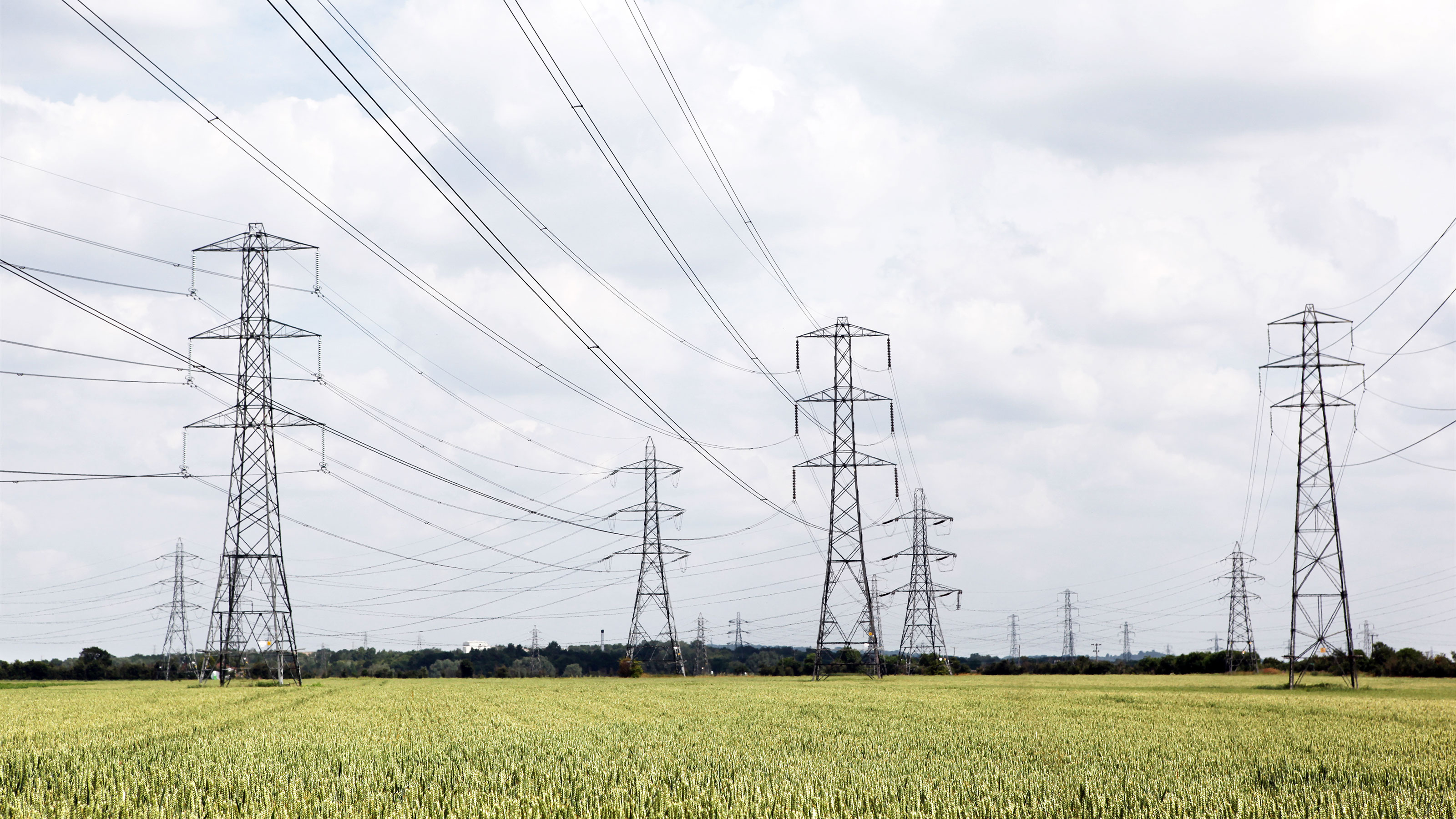Martin Lewis issues energy price cap warning as Ofgem lifts cap to £1,758
Money-saving expert Martin Lewis has warned that households with high electricity use could see significant increases in their bills

Millions of UK households are set to see higher electricity bills in the New Year following Ofgem's decision to raise the energy price cap.
Money-saving expert, Martin Lewis, has warned that while the overall cap will increase by just 0.2% to £1,758, households with high electricity consumption could face bills rising by 3-4%, due to climbing electricity unit rates and standing charges.
His warning comes as many households are still grappling with the cost-of-living squeeze, making it crucial to understand for homeowners seeking energy-saving tips to help them save on their household budgets.
Martin Lewis energy price cap warning
Martin Lewis highlighted the impact of the January 2026 cap on his Twitter account:
“@Ofgem's energy Price Cap for the three months starting 1 Jan is to RISE 0.2%, but that's only part of the story. Electricity costs are rising in real terms while gas falls, and yet again the hated standing charges are rising. Households on the Price Cap with high electricity use and low or no gas use will see their bills rise by three or four per cent.”
He explained that these changes are driven by policy and network costs rather than wholesale energy prices, which actually fell over the assessment period.
Electricity-heavy households are disproportionately affected because policy costs are applied more to electricity than gas. Martin Lewis also noted that the best way to save money is to check comparison sites and find cheaper fixed-rate deals before the next cap review in April 2026.
Bring your dream home to life with expert advice, how to guides and design inspiration. Sign up for our newsletter and get two free tickets to a Homebuilding & Renovating Show near you.
The headline is @Ofgem's energy Price Cap for the 3mths starting 1 Jan is to RISE 0.2% but that's only part of the story, elec costs are to rise a real amount while gas falls, and yet again the hated standing charges are rising. Here's the average UK direct debit rates: - Elec…November 21, 2025
What is the energy price cap?
The energy price cap sets the maximum price suppliers can charge per unit of electricity and gas, as well as a daily standing charge.
It applies to households on standard or default tariffs but does not cap the total bill, which depends on how much energy is used. Ofgem reviews the cap quarterly to account for wholesale energy prices, policy costs, and network charges.
The scheme replaced the Energy Price Guarantee, which capped bills at £2,500, but then reverted back to the energy price cap.
How much has the energy price cap increased?
From 1 January 2026, Ofgem has raised the energy price cap by 0.2%, taking the average annual household bill to £1,758.
The key figures are:
- Electricity unit rates have increased to 27.69p/kWh (up 5.1% from 26.35p)
- Gas unit rates, by contrast, have fallen to 5.93p/kWh (down 5.7% from 6.29p)
- Electricity standing charges have risen to 54.75p per day (up 2.0% from 53.68p)
- Gas standing charges have increased to 35.08p per day (up 3.1% from 34.03p)
These rates vary slightly by region due to differences in network distribution costs.
Who is affected by the energy price cap?
The energy price cap directly affects around 23 million households in England, Scotland, and Wales who are on default or variable tariffs. This includes customers paying by direct debit, standard credit, or prepayment meters.
Who is NOT affected?
- Those on a fixed-rate energy deal
- Customers on green energy tariffs (exempt from the cap)
- Businesses and commercial users
Does the energy price cap limit your bills?
No, the energy price cap does not set a limit on your total bill – it only caps the unit rate suppliers can charge.
Your total energy cost will still depend on how much energy you use. The more electricity and gas your household consumes, the higher your final bill.
This is why energy efficiency measures, such as improving insulation, upgrading appliances, and reducing unnecessary energy usage, remain crucial in managing costs.

Why is the energy price cap so high?
Several factors contribute to the rising energy price cap, including:
- Wholesale energy price rises – Global events, supply chain disruptions, and high demand have driven prices up.
- Inflation – Rising costs of infrastructure and maintenance are passed on to consumers.
- Policy Costs – Government programs for renewable energy and grid maintenance impact the final price.
How to reduce your energy bills
With the energy price cap continuing to rise, here are a few ways to manage your energy expenses:
- Switch to a fixed-rate tariff: If energy prices are expected to rise further, securing a fixed-rate deal could save money.
- Upgrade your home’s efficiency: Consider better insulation, double glazing, or heat pumps to reduce energy use.
- Monitor your energy usage: Smart meters can help track and reduce unnecessary consumption.
- Apply for Government schemes: Check eligibility for schemes like the Warm Home Discount or Winter Fuel Payment.
Future energy price cap predictions
The energy price cap is reviewed quarterly – in January, April, July, and October.
Predictions suggest the next update in April 2026 could rise 4–5%, which may increase costs further for electricity-heavy households.
While the energy price cap is designed to protect households from extreme price hikes, it does not prevent bills from rising, particularly for those using large amounts of electricity.
Martin Lewis has highlighted that even a small headline increase can result in noticeable higher costs for some households. Keeping track of your energy usage, exploring cheaper fixed-rate deals, and considering efficiency improvements remain the most effective ways to manage bills.
With the next energy price cap review due in April 2026, staying informed and planning ahead will be essential for budgeting and avoiding unexpected costs.

News Editor Joseph has previously written for Today’s Media and Chambers & Partners, focusing on news for conveyancers and industry professionals. Joseph has just started his own self build project, building his own home on his family’s farm with planning permission for a timber frame, three-bedroom house in a one-acre field. The foundation work has already begun and he hopes to have the home built in the next year. Prior to this he renovated his family's home as well as doing several DIY projects, including installing a shower, building sheds, and livestock fences and shelters for the farm’s animals. Outside of homebuilding, Joseph loves rugby and has written for Rugby World, the world’s largest rugby magazine.
- Amy WillisWeb Editor
- Jack Woodfield
